Medieval gold coin hoards and skull ring discovered in Wales
"Memento Mori" was written around the skull on the ring.

Metal detectorists in Wales have unearthed nine priceless valuables dating to the medieval and post-medieval periods, including a gold ring decorated with a spooky-looking skull crafted from white enamel.
After analyzing the curios, Graeme David Hughes, the senior coroner for South Wales Central in the United Kingdom, officially declared them to be "treasures," a term that refers to bonafide, often metal artifacts that meet a specific archaeological criteria, according to the U.K.'s Portable Antiquities Scheme.
In all, these treasures include three hoards of gold and silver coins, gold and silver rings, and personal items worn by upper-class members of Welsh society from the ninth to the 17th centuries A.D., according to a statement from the Amgueddfa Cymru — National Museum Wales released March 29.
Related: Photos: Roman-era silver jewelry and coins discovered in Scotland
The ghoulish skull ring caught the attention of metal detectorist David Balfour, who found it in the Welsh community of Carreghofa. The inlaid enamel skull likely symbolizes death, as it is surrounded by the phrase "Memento Mori" — Latin for "remember that you (have to) die." An analysis of the ring's shape, style and script indicates that it dates to between 1550 and 1650.
"This is a rare example of a Tudor or early Stuart memento mori ring with a clear Welsh provenance," Mark Redknap, deputy head of Collections and Research at Amgueddfa Cymru — National Museum Wales, said in the statement. "Its sentiment reflects the high mortality of the period, the motif and inscription acknowledging the brevity and vanities of life."
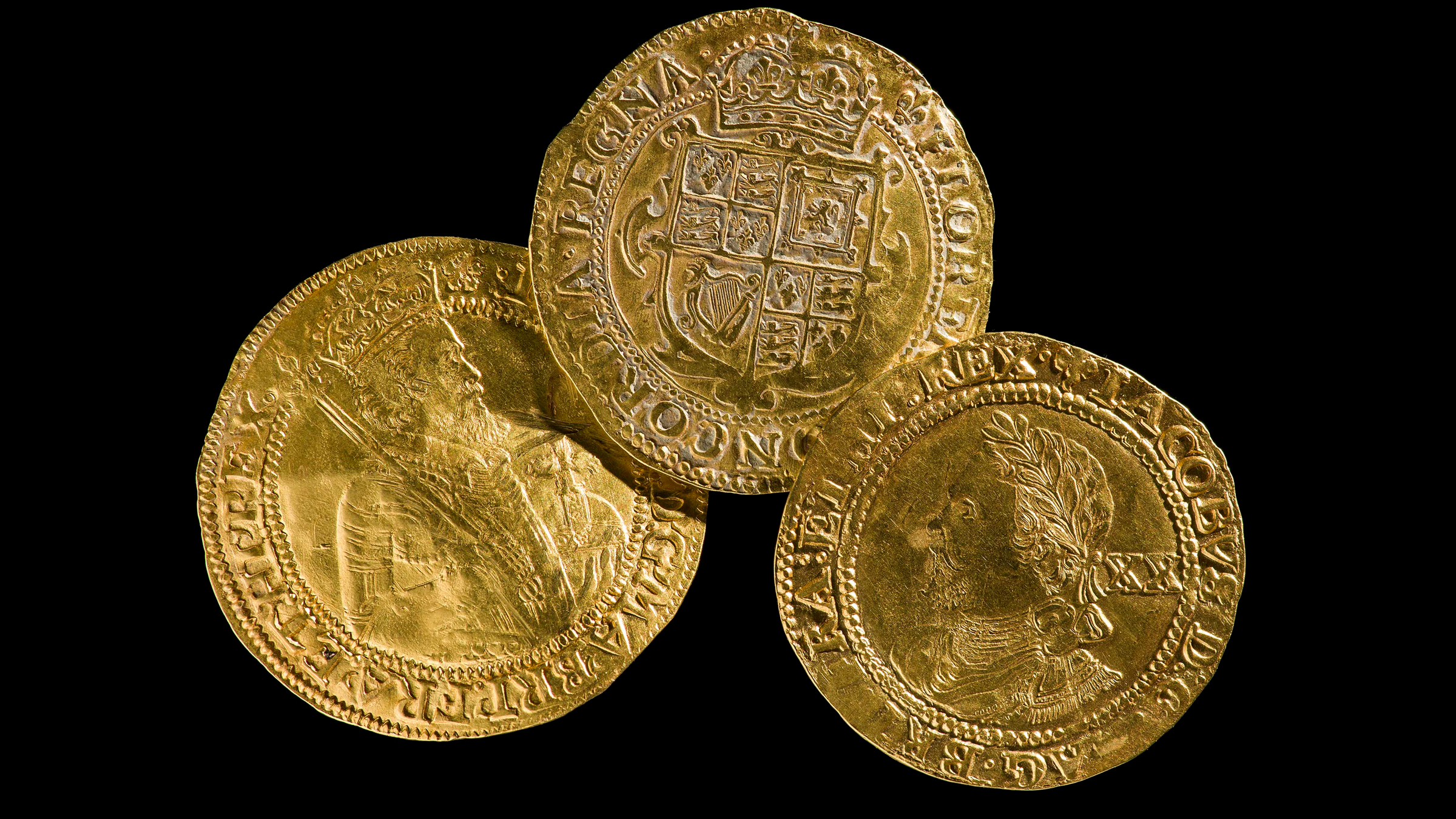
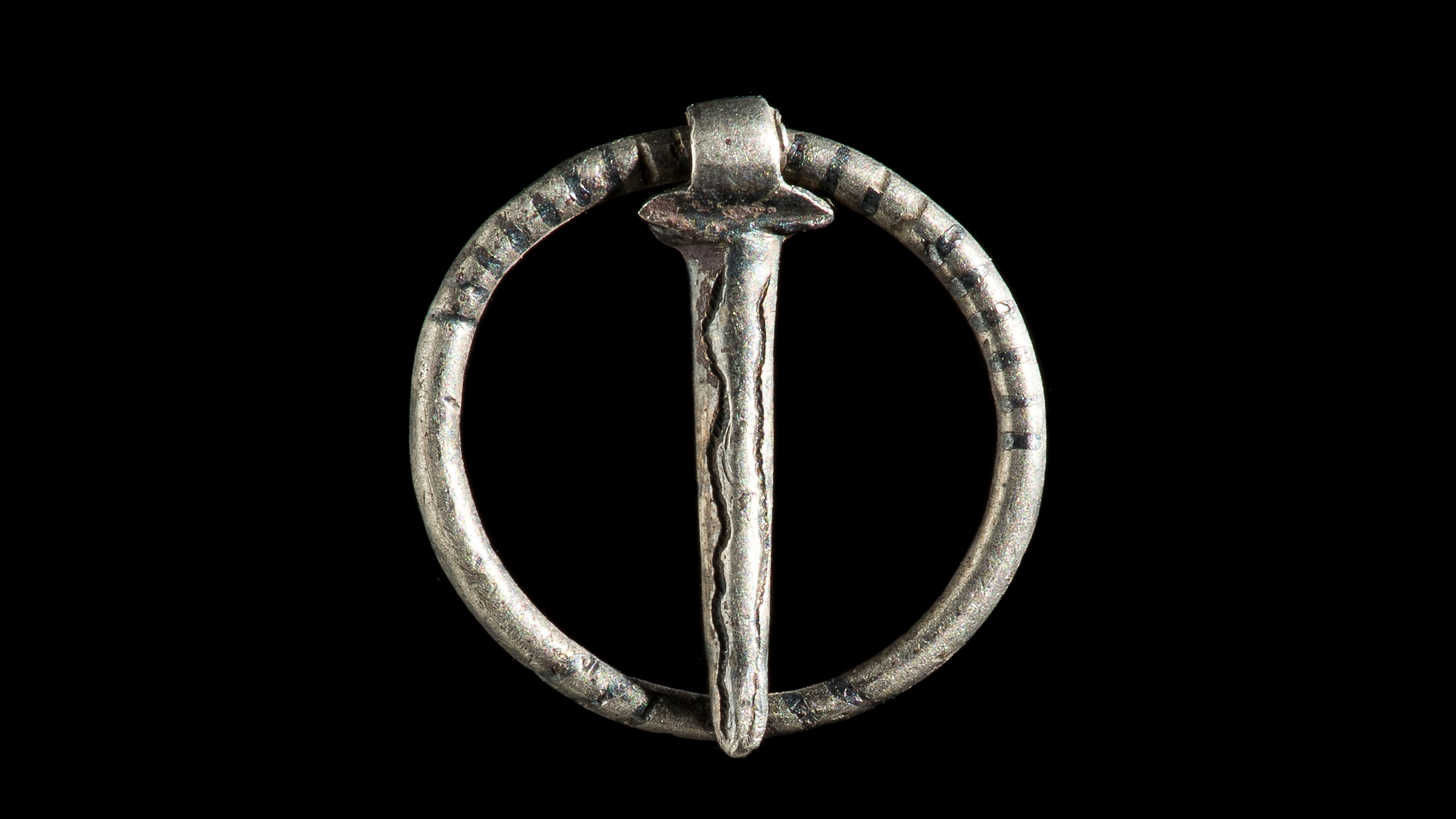
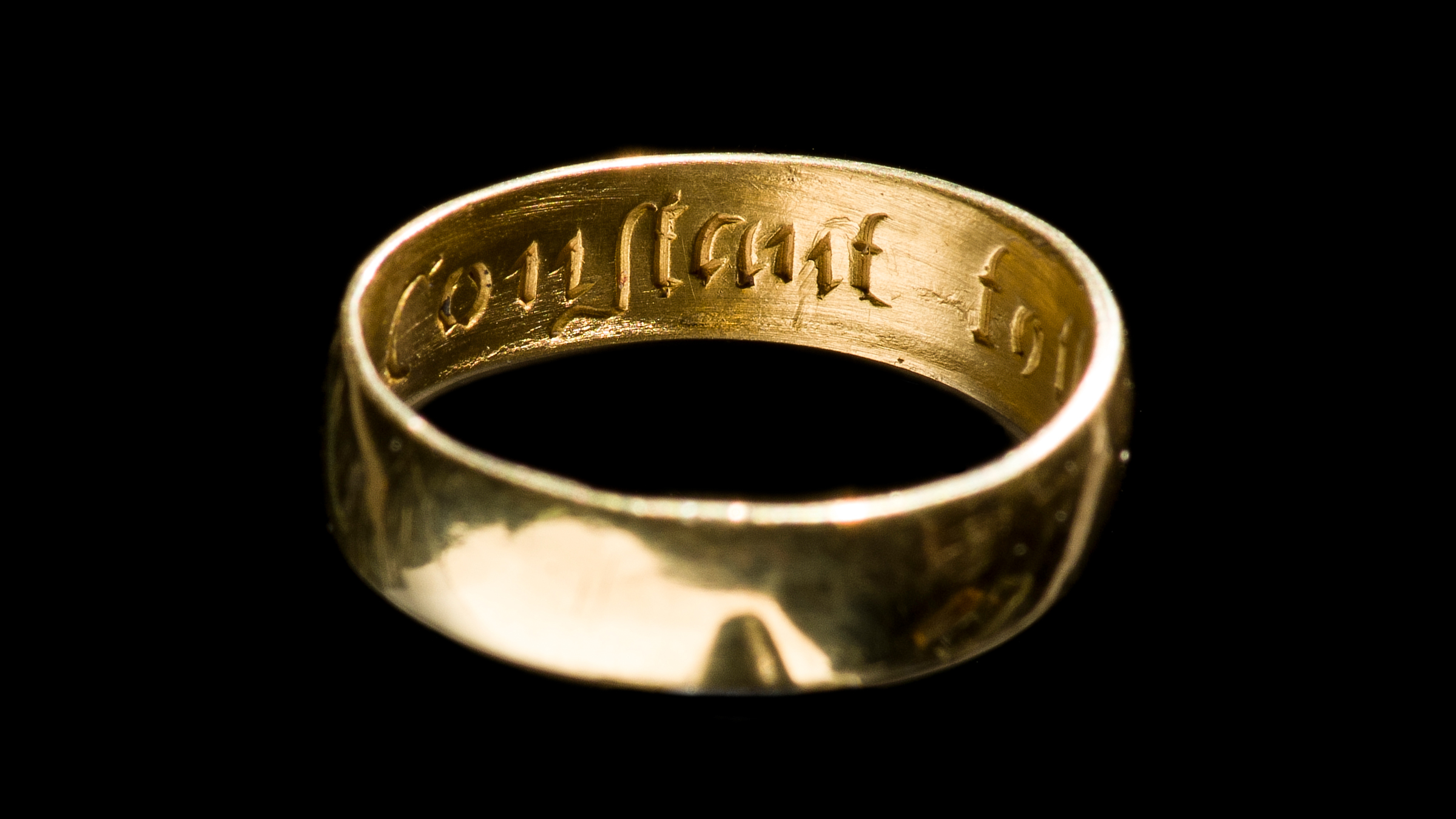


Metal detectorists Chris Perkins and Shawn Hendry discovered one of the hoards — three medieval gold coins — in the Welsh community of Llanwrtyd in April 2019. The gold coins, known as "nobles," were minted between 1327 to 1399, during the reign of Edward III and his successor Richard II. Back then, the three coins had a total worth of 20 shillings, the equivalent of 50 days' wages earned by a skilled tradesman.
Get the world’s most fascinating discoveries delivered straight to your inbox.
It's likely that these coins were buried for safekeeping near the end of the 14th century and for some unknown reason were never recovered, according to the statement.
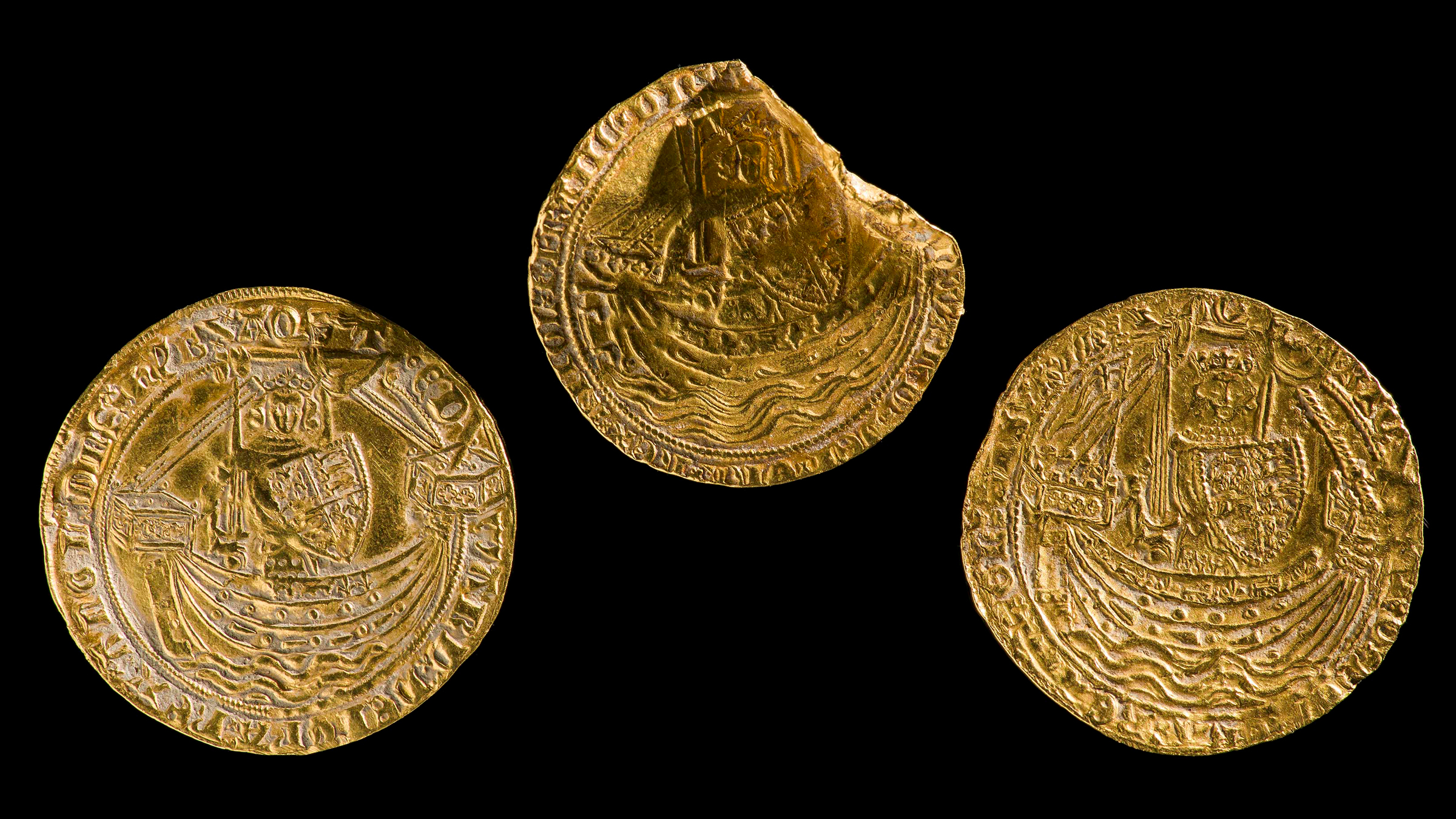
Another hoard included five silver coins — four groats (the name of now-defunct coins worth 4 pence) and a "double patard" coin from the Duchy of Burgundy in mainland Europe. These coins, discovered by Aled Roberts and Graham Wood in the community of Churchstoke in May 2019, were buried during the reign of Henry VIII in about 1530. The king's face even graces three of the coins, archaeologists noted.
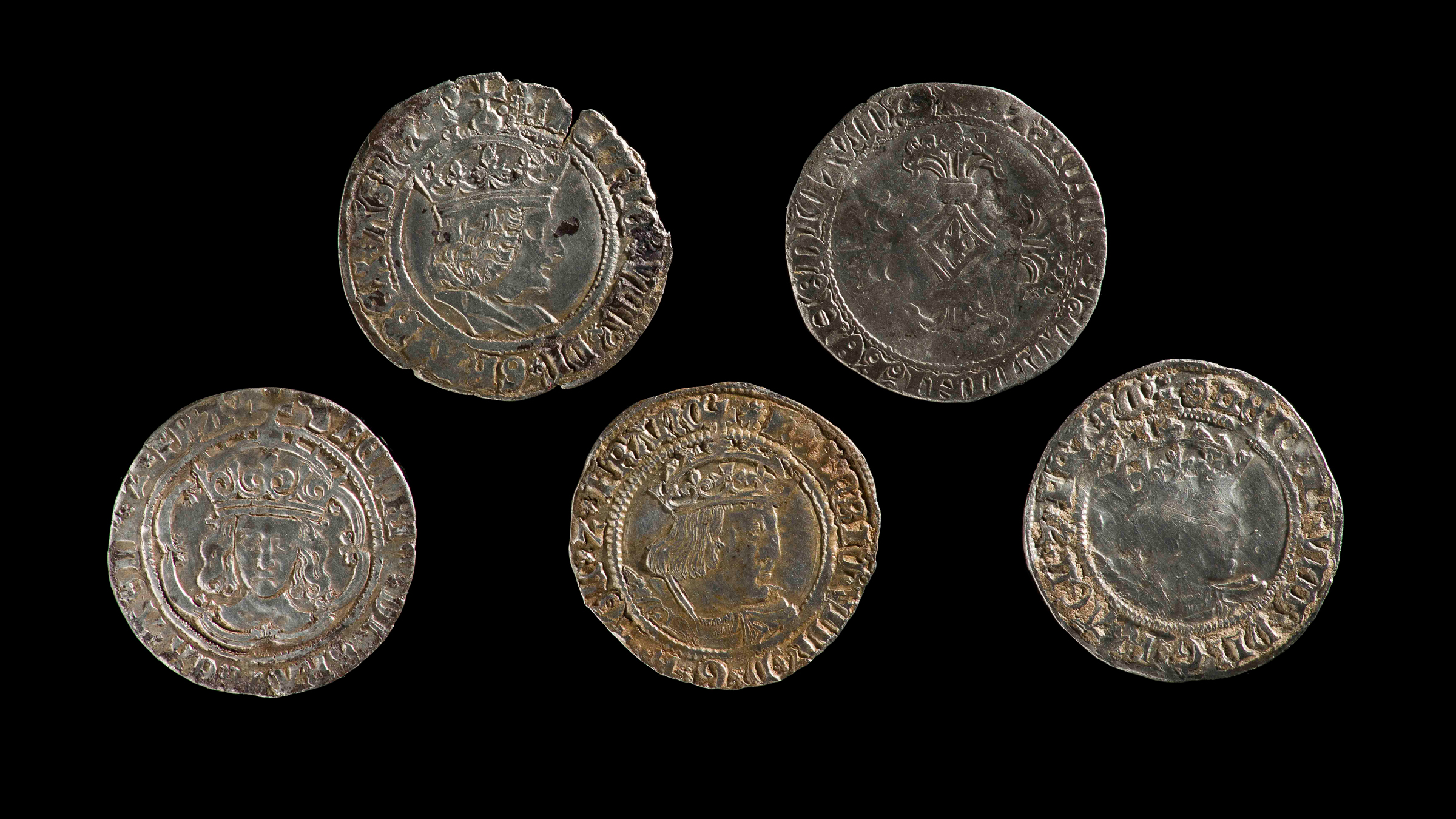
Another treasure, an early medieval, silver double-hooked fastener, was likely used by Anglo-Saxons during the ninth century. It probably had two purposes: to fasten an upper garment, and to serve as a stylish piece of costume jewelry, as it was decorated with animal-like patterns.
Metal detectorist Stuart Fletcher found the hooked fastener in Churchstoke.
"This unusual object is the first 'Anglo-Saxon style' double-hooked fastener to be identified in Wales," Redknap said. "Reflecting the status of the original owner, it provides new evidence for the exposure of Anglo-Saxon styles within the early Welsh kingdoms, and of the melting-pot of styles and influences from which Welsh identity was to emerge."

Meanwhile, another gold ring — known as a posy ring and engraved with the motto "Be constant to the end" — was found in the town of Talgarth. It is post-medieval and dates to the late 17th or early 18th centuries, according to the statement.
These newly designated artifacts are among the 20 to 45 treasures reported in Wales every year. More than 550 treasures have been found and analyzed since the Portable Antiquities Scheme in Wales began in 1997.
Originally published on Live Science.

Laura is the managing editor at Live Science. She also runs the archaeology section and the Life's Little Mysteries series. Her work has appeared in The New York Times, Scholastic, Popular Science and Spectrum, a site on autism research. She has won multiple awards from the Society of Professional Journalists and the Washington Newspaper Publishers Association for her reporting at a weekly newspaper near Seattle. Laura holds a bachelor's degree in English literature and psychology from Washington University in St. Louis and a master's degree in science writing from NYU.


